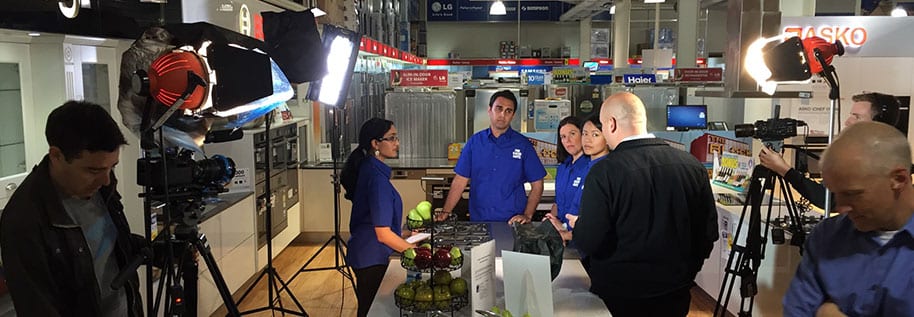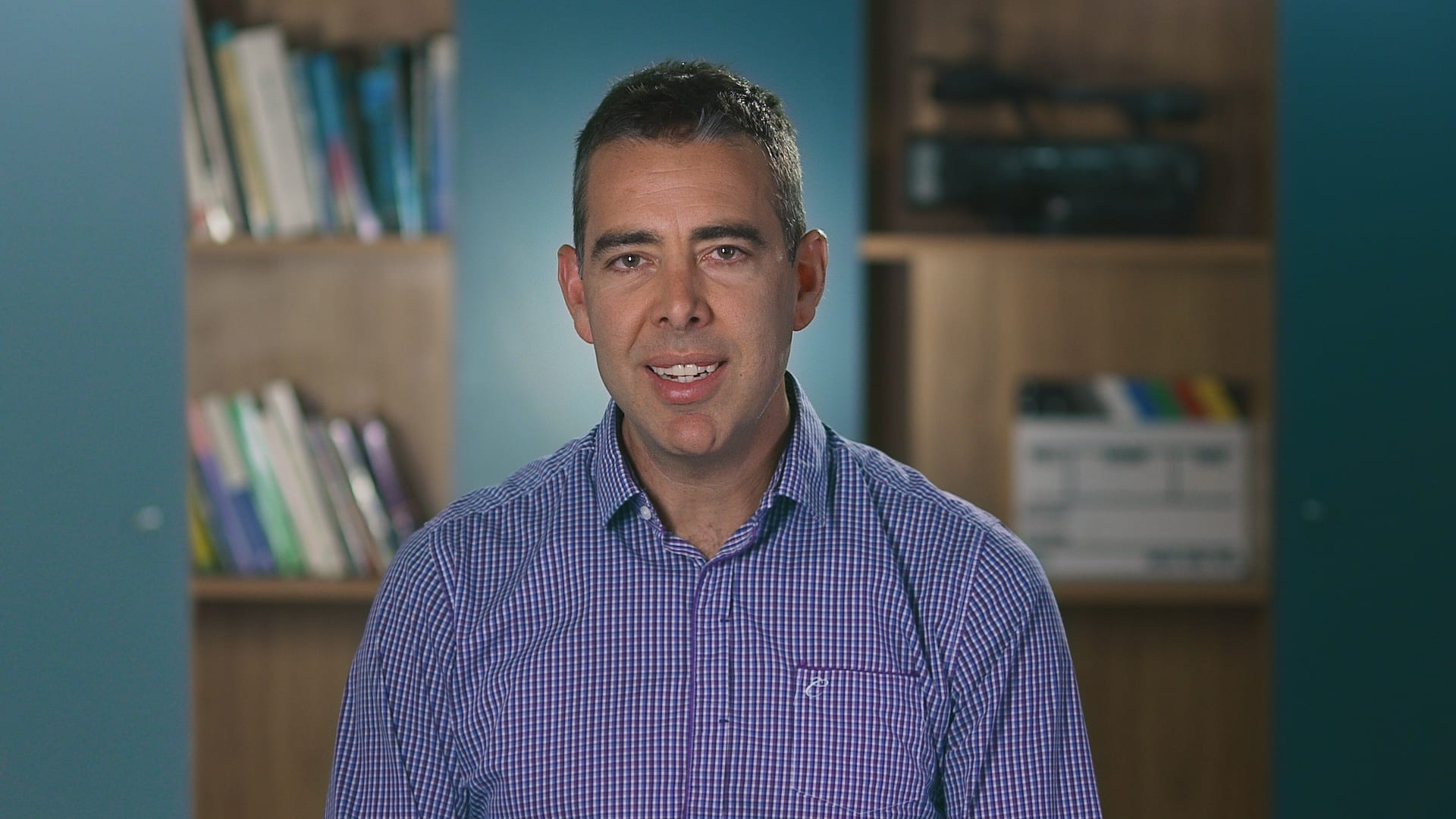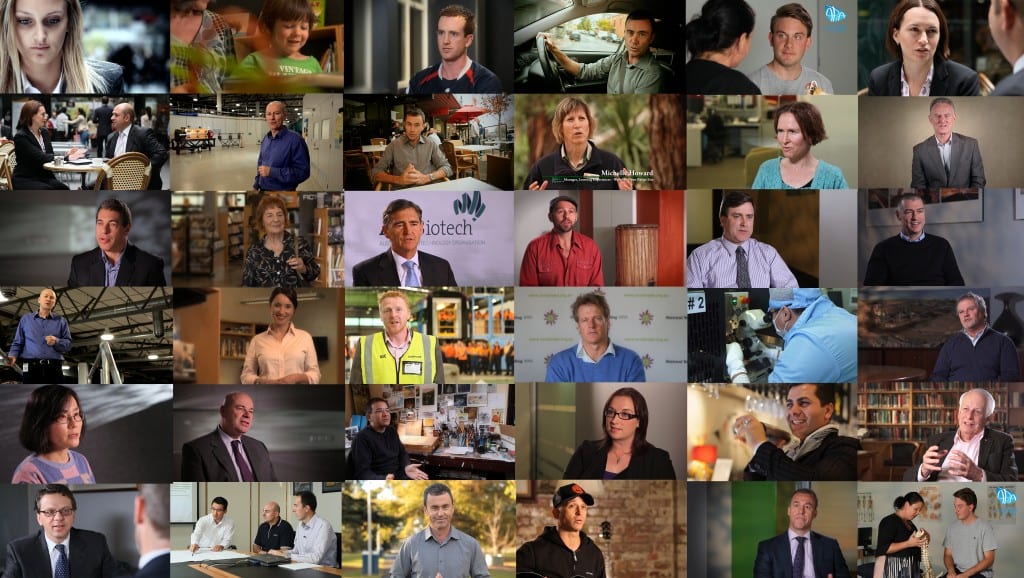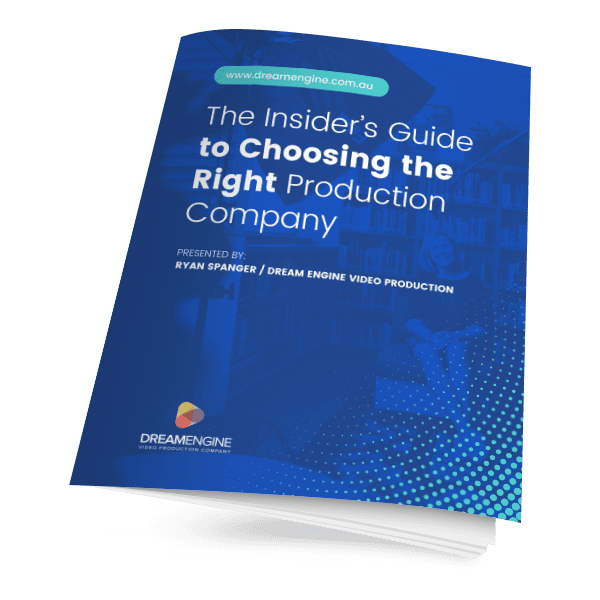A clear guide to the main types of corporate video and when to use each one
Choosing the right type of video can make a significant difference to how clearly your message is understood and how confident your audience feels in your organisation. Many businesses know they want video, but are unsure which format is best suited to their goals.
There is no one-size-fits-all approach. Different types of corporate videos serve different purposes. Some are designed to introduce your organisation at a high level. Others are made to teach, reassure, persuade or document.
Below is a clear guide to the main styles of corporate video, where they are used, and what they help you achieve. This is written for marketing teams, communications professionals and business leaders who want clarity before starting a project.
1. Brand Overview Video
A brand overview video provides a concise introduction to your organisation. It gives viewers a sense of who you are, what you do and why your work matters. These videos are often placed on a homepage or About page, and also used in presentations or social media profiles.
They typically combine interview footage with workplace visuals, staff interactions and examples of your work. The tone should feel natural and confident. The most effective brand videos show real people and real environments, rather than only products or buildings.
2. Case Study or Customer Story Video
A case study video demonstrates the value of your work through the experience of a client. It explains the initial challenge, how your organisation approached the solution and the outcome achieved. These videos are highly persuasive because they provide social proof.
Case studies are commonly used on service pages, in proposals and during sales conversations. They are particularly useful when potential clients are comparing vendors and want reassurance that you have solved similar problems before.
The key is to focus on the client’s perspective and the results achieved, not just praise for your organisation.
You can see more examples on our Case Study Video Production page.
3. Testimonial Interview Video
Testimonial videos are shorter and more straightforward than full case studies. They feature a client or stakeholder speaking directly to camera about their experience working with you. These videos work best when the person speaking feels relaxed and is answering real, conversational questions rather than reading a script.
They are useful as supporting proof on websites and landing pages, or as part of a broader content library for sales follow-up.
4. Workplace or Culture Video
A workplace or culture video shows what it feels like to be part of your organisation. It is often used for recruitment and internal engagement. The goal is to help potential employees understand your environment and values.
These videos work best when they avoid promotional language and staged scenarios. Real staff interaction and genuine conversations build trust. Viewers respond to authenticity.
5. Training and Instructional Video
Training videos are designed to teach or standardise a process. They ensure that information is communicated consistently and can be revisited as needed. They are often used for staff induction, safety training, product operation, technical procedures and internal education.
Clear structure and language are essential. The viewer should be able to follow the steps without confusion. Training videos can include live action, screen recording, animation or a blend of approaches depending on the subject matter.
View more training videos that we’ve produced.

On location at The Good Guys in Melbourne for a training video shoot
6. Product or Service Explainer Video
Explainer videos break down how a product or service works. They are particularly useful when the offering is complex or unfamiliar. These can be produced using filmed footage, animation or motion graphics.
The focus is clarity. Visuals should support the explanation and help the viewer understand the process or value. Explainer videos are often used on landing pages, within sales processes and in internal rollouts.
7. Event Video
Event videos capture conferences, presentations, launches and internal gatherings. The aim can be to document important messages, provide highlights or create shareable content for social media.
Deliverables may include full presentations, short speaker excerpts, a summary highlights reel, interviews with attendees or cutdown clips for ongoing use.
The planning stage is important for event coverage. Camera placement, sound capture and scheduling need to be agreed in advance to ensure smooth production on the day.
See more of our Melbourne event videos.
8. Recruitment Video
Recruitment videos highlight your workplace, values, roles and opportunities. They are commonly used in careers marketing, job advertisements and onboarding communications.
The most effective recruitment videos use staff rather than actors. They show real work environments and conversations that feel natural. The goal is to provide clarity for prospective applicants and support longer-term organisational attraction efforts.
9. Corporate Documentary
A corporate documentary is a longer-form story that explores your organisation in depth. This may include history, purpose, key projects, change journeys or personal stories from within the company.
These films support internal culture building, investor relations and brand identity. They are more narrative-driven than other video types and often involve interviews, voiceover, archival material and carefully planned cinematography.
How to Choose the Right Video Type
A simple way to select the correct format is to answer four questions:
- Purpose: What are you trying to achieve?
- Audience: Who is the viewer and what do they care about?
- Message: What key points must they remember?
- Distribution: Where will the video be watched and how will it be used?
For example:
- If the goal is to explain something complex, an explainer or training video is appropriate.
- If the goal is to build trust, a case study or testimonial will be more effective.
- If the goal is to attract talent, a culture or recruitment video is suitable.
Clarity at the planning stage prevents wasted effort and supports a smoother production process.
Our Approach at Dream Engine
Dream Engine has been producing corporate video content in Melbourne for over 20 years. We work with marketing and communications teams to plan, film and edit professional content that is accurate, well-presented and useful in real-world settings.
Our approach is steady and organised. We keep crews small and maintain clear communication. We take time to understand your objectives and ensure the final video is practical, compelling and aligned with your purpose.
Comparison of Corporate Video Styles
This table summarises the purpose and best use of each video format to help you choose the right approach for your project.
| Video Type | Main Purpose | Where It’s Commonly Used | Best For |
|---|---|---|---|
| Brand Overview | Introduce who you are and what you do | Homepage, About page, Pitch decks | First impressions and building familiarity |
| Case Study / Customer Story | Demonstrate real outcomes | Service pages, Sales follow-up, Proposals | Building credibility and trust |
| Testimonial Interview | Provide social proof in a concise format | Websites, Landing pages, Sales collateral | Supporting reassurance during evaluation |
| Workplace / Culture | Show what it feels like to be part of your organisation | Careers pages, Recruitment campaigns | Attracting and aligning new team members |
| Training / Instructional | Teach a process or standardise knowledge | Staff induction, Compliance, Internal systems | Clear, repeatable training at scale |
| Product / Service Explainer | Simplify how something works | Landing pages, Sales demos, Onboarding | Helping audiences understand value quickly |
| Event Video | Document key moments and messages | Conferences, Launch events, Internal gatherings | Sharing highlights and extending event reach |
| Recruitment | Show roles, opportunities and culture | Job listings, Careers pages, LinkedIn campaigns | Engaging prospective hires |
| Corporate Documentary | Explore a story or transformation in depth | Investor relations, Brand storytelling, Culture work | Building identity and long-term narrative |
Get in Touch
If you are planning a corporate video and would like guidance on the most suitable format for your needs, we are happy to help.
Call us on 03 8678 0316 or send a message through the website to start a conversation.
FAQ
How do I choose the right type of corporate video?
Start with purpose and distribution. What do you want the viewer to do after watching, and where will they see it? If you need trust and proof, use a case study or testimonial. If you are explaining a process or product, choose an explainer or training video. For hiring, a culture or recruitment piece is more suitable. Decide the goal first, then match the format.
How long should a corporate video be?
Length depends on context. For homepages, 60 to 90 seconds is typical. For LinkedIn, 30 to 60 seconds performs well. Training content can run longer if it is clearly structured and chaptered. If the audience has a reason to engage, longer is fine. Plan the distribution first and let that guide duration.
When should I use animation instead of live action?
Choose animation when the subject is abstract, technical, or not practical to film. It helps simplify complex workflows, data and software. If your message relies on people, culture and place, live action is usually better. Many projects benefit from a mixed approach, using animation to clarify and live action to humanise.
What timeline should I expect from planning to delivery?
For a straightforward corporate piece, expect two to four weeks from briefing to final delivery. That includes pre-production, one shoot day, a first edit, review and a final pass. Multi-location shoots, animation or approvals across several stakeholders will add time. A clear brief and quick feedback keep projects on schedule.
How can we make sure the video performs after it is published?
Decide on the distribution plan in pre-production. Optimise the video for the platform, create short cutdowns, add captions and write supporting copy. Embed on relevant pages, post natively on social channels and repurpose highlights for email and sales follow-ups. Track results with simple metrics such as watch time, click-throughs and form submissions.
Do we need captions, accessibility and branding guidelines?
Yes. Captions support silent viewing and accessibility. On-screen text should be legible on mobile. Follow brand fonts, colours and tone so the video sits comfortably with other assets. For training and compliance content, include clear titles, steps and on-screen reinforcement of key points.
How many deliverables can we create from one shoot?
Plan for a primary edit plus useful derivatives. A typical set may include the main video, a 15 to 30 second cutdown for social, a few vertical clips and stills pulled from footage. If you plan this upfront, you can capture the right coverage on the day and improve return on the production.

Ryan Spanger is the founder and managing director of Dream Engine, a Melbourne-based video production company established in 2002. With more than two decades of experience, Ryan has helped leading Australian businesses, government departments, and non-profits communicate their message with clarity and impact through video. He’s known for his strategic approach, reliable process, and commitment to producing videos that deliver measurable results.

